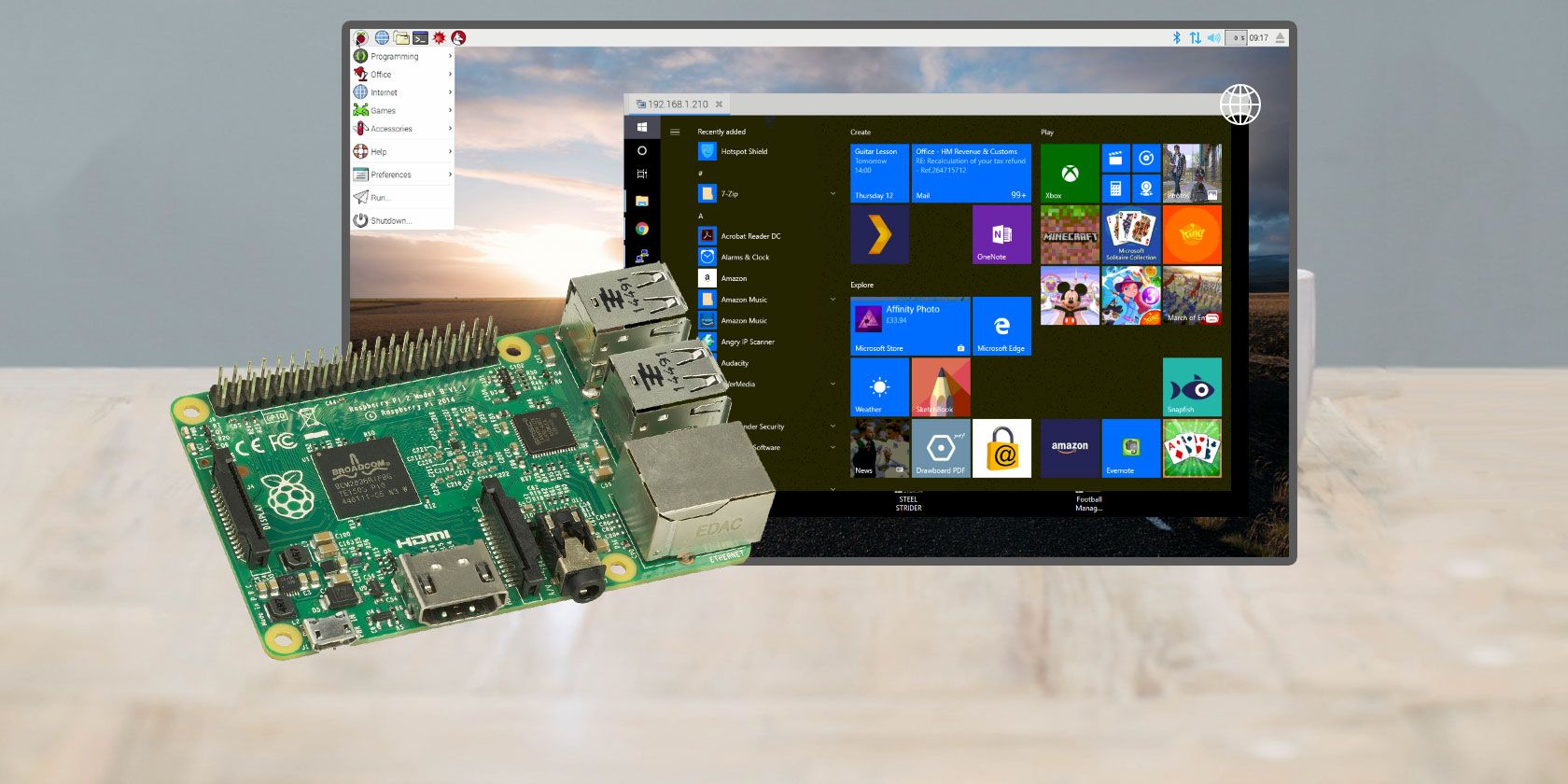

brew install ext4fuse (Note: This seems to not work as of late 2021 see this issue).Using Homebrew, install osxfuse and ext4fuse (find out more about the tools on the FUSE for macOS website):.Make sure you have Homebrew installed (instructions here), so you can install the tools you need to mount the filesystem.The boot volume will be automatically mounted, but it doesn't contain all the files from the Pi's primary filesystem. Plug the microSD card into a card reader connected to your Mac.
#FORMAT EXTERNAL DRIVES FOR MAC AND RASPBERRY PI HOW TO#
Here's how to mount the Raspberry Pi's ext4 filesystem on a Mac (almost everything will be done in the Terminal app (in Applications > Utilities)): Luckily, there are open source tools that allow ext4 filesystems to be mounted on a Mac (read-only, but that's all I need to copy off the time-lapse stills and video). But this is annoying, because dd will back up the entire microSD card, not just the data I want. In the past, I would use the dd utility to back up the entire card, and then I would mount that backup disk image and read data off of it. This is normally a bit tricky, because the Raspberry Pi uses the Linux ext4 filesystem-which is not compatible with either macOS or Windows! So I decided to finally try to mount the Raspberry Pi's drive directly on my MacBook Pro (running macOS Sierra 10.12). which means it could take a couple hours to copy). For my Raspberry Pi Time-Lapse App, I find myself having to either copy hundreds (or thousands!) of 3+ MB image files, or a 1-2 GB video file from a Raspberry Pi Zero W to my Mac.Ĭopying over the WiFi network works, but it's extremely slow (usually topping out around 5 Mbps.


 0 kommentar(er)
0 kommentar(er)
